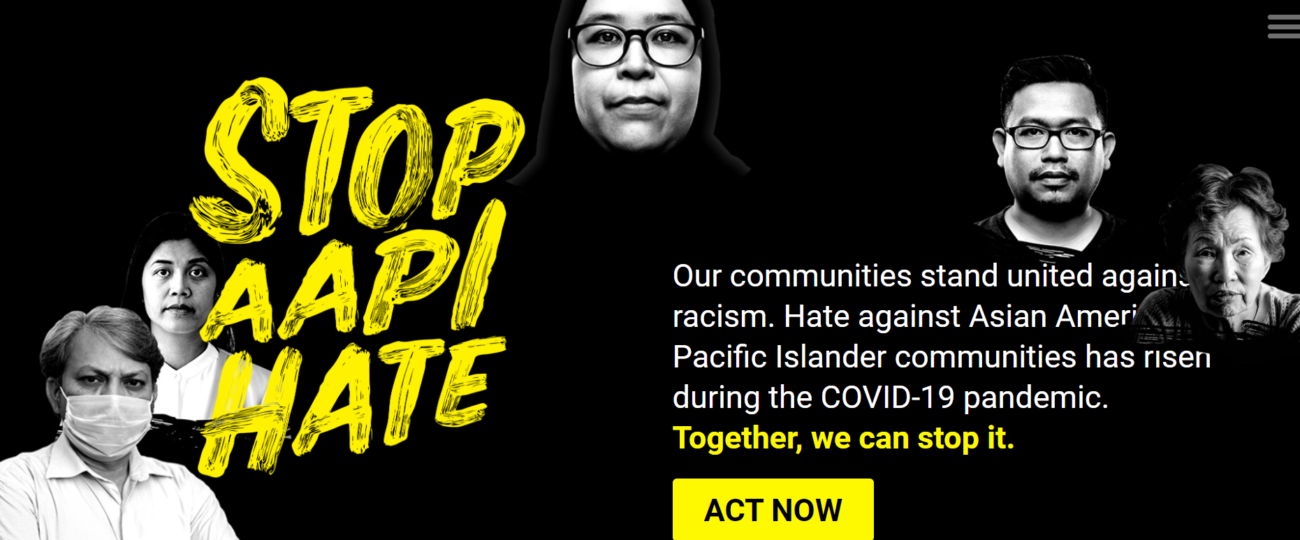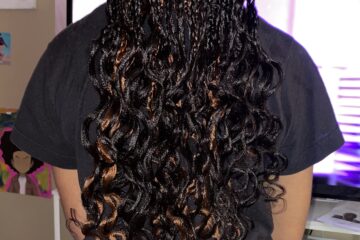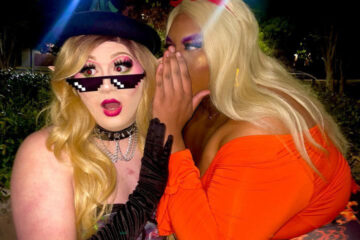Since the beginning of the coronavirus pandemic, Asian Americans have seen an increase in hate crimes and racism. Last month, a white man killed eight people in Atlanta, Georgia, six of whom were Asian women. These events have opened a wider discussion about America’s racist view of Asian Americans and how some of it has been influenced by Hollywood’s racist stereotypes.
Often oversexualizing Asian Americans, boxing them in as sex workers, STEM professionals, or obsessed with the image of success, Asian characters are often presented helping a white character’s development or even depicted as an honorary white character.
In an opinion piece published by CNN, Rev. Laura Mariko Cheifetz, assistant dean of admissions, vocation and stewardship at Vanderbilt Divinity School, wrote, “Our ethnic identities matter to us, but not to American White supremacy. We who are Asian or Asian American women have our own lives and agency, but to American White supremacy, we are hypersexualized dragon ladies and young brides to be sold. And to the shooter, objects tempting him to sin. Objects to be eliminated.”
Hollywood often refers to all Asian Americans as “just Asian,” ignoring that Asia is a large continent composed of a plethora of origin groups, including Chinese, Indian, Filipino, Vietnamese, Korean, Japanese, etc.
When East Asian female characters are not being depicted as sexual or submissive in Hollywood, they often fall under the rebellious girl or “dragon lady” trope who wears a blue or purple streak in her hair.
TV Tropes defines that “The Dragon Lady is characterized by her overt sexual and physical aggression, untrustworthiness, and mysteriousness. Probably wears a qipao or kimono often with a dragon on it (even if she’s not Chinese or Japanese), and knows martial arts.”
“Minari” is a recently released movie about “a Korean-American family that moves to an Arkansas farm in search of their own American Dream,” according to the A24 website. The film has been classified under the “foreign–language film,” only adding to the “foreigner” stereotype that Asian Americans face in Hollywood.
“Asian Americans have been in some ways treated in this fashion as the other; as perpetual foreigners. And that this violence against Asian Americans has been reflected not only in attitudes and criminal activity, but in terms of legal and political and social ways in which Asian Americans, since the very time they stepped on these shores, have been treated in the United States,” said Paul Watanabe, director of the Institute of Asian American Studies, in an interview with WBUR, Boston’s NPR station.
The 1961 film “Breakfast at Tiffany’s” is a movie that is remembered often for its charm in terms of fashion and aesthetic However, it has come under fire in recent decades because of its racist depiction of its only Asian character, Mr. Yunioshi.
As it turns out, the character was actually played by Mickey Rooney, a white actor. Rooney used yellowface to portray himself as an Asian man with an offensive stereotypical “Engrish” accent. In 1990, writer for the Boston Globes, John Koch, described Rooney’s portrayal as “an irascible bucktoothed nerd and an offensive ethnic caricature.”
Asian Americans are being portrayed as caricatures instead of real characters with story developments far too often. The depiction of Asian Americans as the “model minority” and without “real problems” only limits individuality and leads to more discrimination.
“For years, Cayden Mak and the grassroots community groups he works with knew that attacks against vulnerable Asian seniors in Chinatowns across the country were a perennial problem. But he said the model minority myth, a persistent stereotype that paints Asian Americans as inherently successful and problem-free, particularly in contrast to other minority groups, had helped keep the story ‘from being a big deal before this,’” Victoria Namkung wrote for NBC News.
Overall, Hollywood is in dire need of more diversity and representation for Asian Americans both in front and behind the camera in order for better stories to be told about Asian Americans on screen.
Graphic Courtesy to Stopaapi




